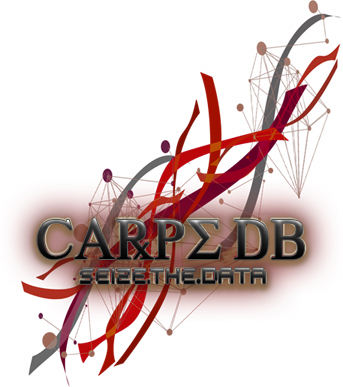
Angelman syndrome (AS) is a severe neurodevelopmental disorder resulting from a deletion/mutation in maternal chromosome 15q11-13. The genes in 15q11-13 contributing to the full array of the clinical phenotype are not fully identified. This study examines whether a loss or reduction in the GABAA receptor beta3 subunit (GABRB3) gene, contained within the AS deletion region, may contribute to the overall severity of AS. Disrupting the gabrb3 gene in mice produces electroencephalographic abnormalities, seizures, and behavior that parallel those seen in AS. The seizures that are observed in these mice showed a pharmacological response profile to antiepileptic medications similar to that observed in AS. Additionally, these mice exhibited learning and memory deficits, poor motor skills on a repetitive task, hyperactivity, and a disturbed rest-activity cycle, features all common to AS. The loss of the single gene, gabrb3, in these mice is sufficient to cause phenotypic traits that have marked similarities to the clinical features of AS, indicating that impaired expression of the GABRB3 gene in humans probably contributes to the overall phenotype of Angelman syndrome. At least one other gene, the E6-associated protein ubiquitin-protein ligase (UBE3A) gene, has been implicated in AS, so the relative contribution of the GABRB3 gene alone or in combination with other genes remains to be established.
[Full Text] [Submit New Annotation]